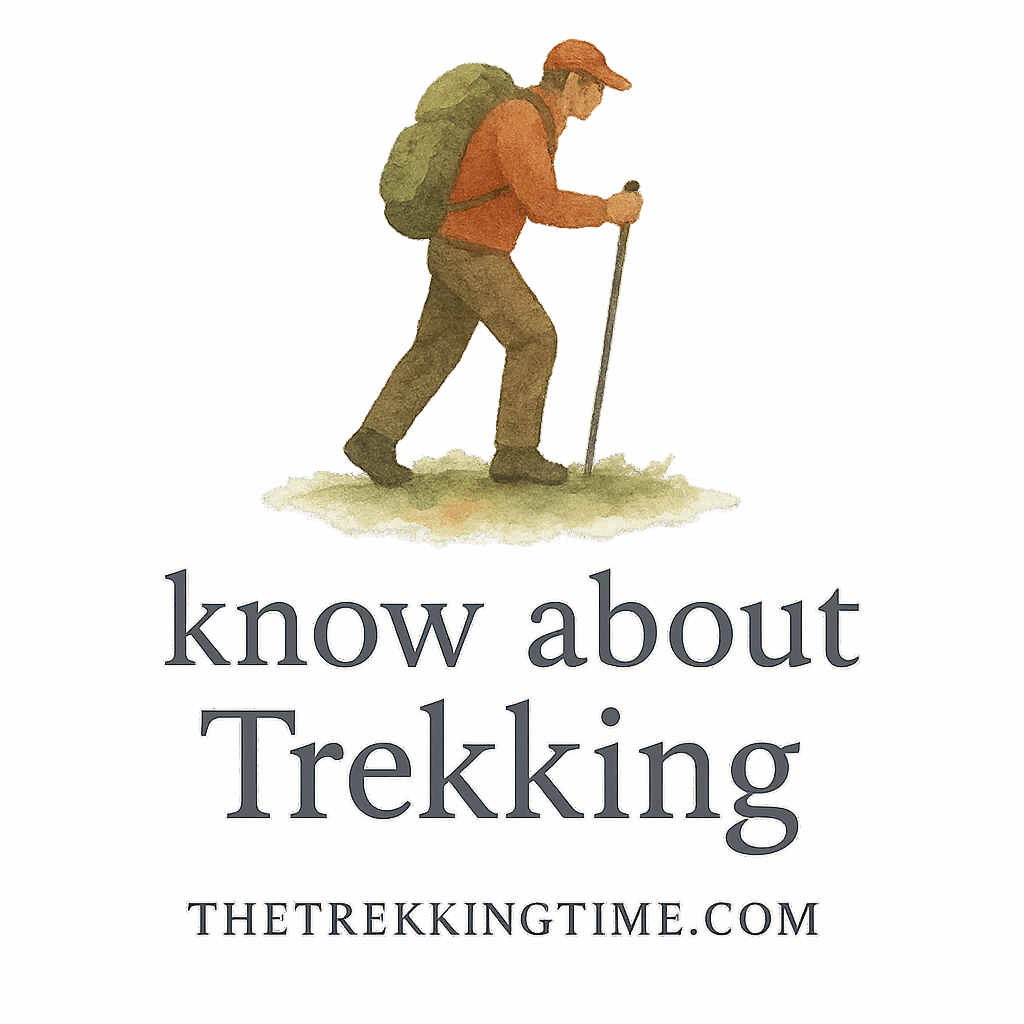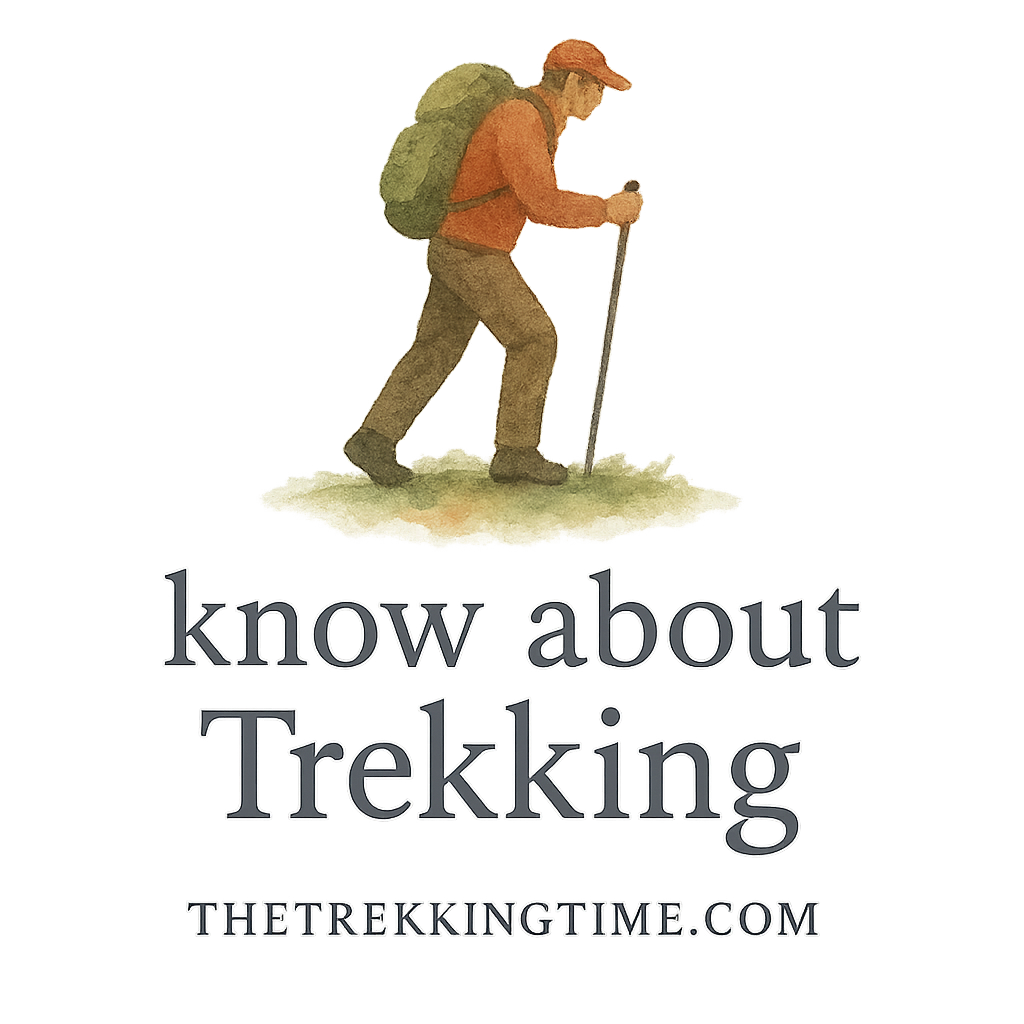Planning to hit the trail anytime soon? Whether you’re scaling the Himalayas or enjoying a weekend forest hike, one thing remains non-negotiable: your first aid kit. Let’s talk about why it’s your best friend out in the wild and which seven essentials you simply can’t leave behind.
Why First Aid is a Trekking Essential
You know how trekking brings out your adventurous side—but nature isn’t always gentle. From unexpected cuts to blisters that slow you down, having a well-stocked first aid kit can turn a disaster into a quick fix.
More importantly, in remote areas, professional help isn’t always a walk away. First aid is your first line of defense. According to Trekking Safety Tips, a smart hiker is a prepared hiker.
What to Look for in a Trekking First Aid Kit
Lightweight & Compact
No one wants to lug a pharmacy around. Your kit should be easy to carry, even on long, difficult treks.
Durable & Weatherproof
Nature can be unpredictable. Make sure your kit bag is waterproof and tear-resistant.
Easy to Access
In emergencies, every second counts. Organize your kit so you can find what you need—fast.
1. Adhesive Bandages (Various Sizes)
Cuts, Scrapes, and Blisters
These are the bread and butter of first aid. A minor scrape or blister can become a major mood-killer if not handled properly. Bandages help protect your wound from dirt and infection while you keep moving.
Proper Usage on the Trail
Always clean the wound with antiseptic before applying a bandage. For blisters, use special blister pads or moleskin for better comfort.
2. Antiseptic Wipes and Cream
Clean Wounds Before Infection Sets In
Antiseptics like iodine wipes or alcohol pads are your go-to for cleaning out small wounds and cuts. Creams such as Neosporin or natural tea tree oil-based options work well too.
Natural vs. Chemical Antiseptics
If you’re hiking with kids or have sensitive skin, consider milder, plant-based antiseptics. For more rugged treks, stronger solutions may be necessary.
3. Pain Relievers and Anti-Inflammatories
Ibuprofen, Acetaminophen & Aspirin
Long treks mean sore muscles. Having pain relievers helps manage everything from altitude headaches to sprains.
Dosage Tips for Altitude Treks
High altitude affects drug metabolism. Always check recommended dosages and consult your doctor for high-elevation trips. See Trekking Fitness Prep for more on how to prepare your body.

4. Gauze Pads and Medical Tape
For More Serious Wounds
When a bandage won’t cut it, sterile gauze pads come to the rescue. Cover the wound and secure it with medical tape to stop bleeding and reduce infection risk.
How to Apply in Emergency Situations
Apply pressure with gauze to control bleeding. Once it slows, tape it securely. Elevate the injured part if you can.
5. Tweezers and Small Scissors
Removing Splinters, Thorns, and Ticks
Let’s face it—nature loves clinging to you. Tweezers are a must for pulling out painful splinters or even ticks.
Multi-Tool vs. Individual Tools
A good multi-tool can include tweezers and scissors, saving space. But make sure they’re sharp and functional!
6. Elastic Bandage Wraps
Ankle Sprains and Joint Support
These wraps are life-savers for twisted ankles or strained knees. They give instant support and reduce swelling.
Doubling as a Compression Tool
In case of bleeding, you can use these wraps as a temporary tourniquet. Handy, right?
7. Antihistamines and Allergy Meds
Insect Bites, Plants, and Food Reactions
From bee stings to that mysterious plant you brushed up against, allergic reactions are no joke. Pack antihistamines like Benadryl or Claritin.
When to Seek Immediate Help
If someone is having trouble breathing or swelling rapidly, it’s time to activate your emergency plan. Check the Trekking Basics to know more about dealing with emergencies.
Bonus Tips: Items You Might Forget
Emergency Contact Card
Include personal medical details, allergies, and emergency numbers in a waterproof bag.
A Whistle or Emergency Signal
It takes up zero space and could save your life. Blow three times to signal for help.
How to Customize Your Kit Based on Destination
High Altitude Treks
Add altitude sickness tablets and oxygen support aids if you’re heading to mountains like the Himalayas.
Tropical or Forested Routes
Think insect repellent, anti-fungal cream, and extra hydration salts.
For more help picking your trekking destination, check out our in-depth guides.
Storing and Organizing Your First Aid Kit
Waterproof Bags and Compartments
Use ziplock bags or dry pouches to separate meds, tools, and bandages.
Label Everything Clearly
When you’re panicking, a clearly labeled kit helps avoid mistakes.
Maintaining and Updating Your First Aid Kit
Monthly Checks
Go through your kit regularly, especially before a planned trek.
Replacing Expired Meds
Don’t get caught with useless supplies. Keep tabs on those expiry dates.
Conclusion
Your first aid kit isn’t just another item in your backpack—it’s your safety net. These 7 first aid items give you the power to handle minor and even moderate emergencies while out exploring the great outdoors. Remember, your adventure is only as enjoyable as you are safe and prepared. Want more tips to level up your trek? Dive into our guides at The Trekking Time.
FAQs
1. Can I use essential oils instead of antiseptic cream?
Yes, oils like tea tree or lavender can help, but they’re not as fast-acting or reliable as medicated creams.
2. What should I do if I run out of first aid supplies mid-trek?
Use natural materials cautiously—like clean cloth or boiling water for cleaning wounds—and seek help ASAP.
3. How do I protect my kit from rain?
Waterproof pouches or dry bags are a must. Always double-bag sensitive items.
4. Should I include a first aid manual in my kit?
Definitely! A small manual helps when your mind goes blank during stress.
5. What’s the best way to learn first aid for trekking?
Take a wilderness first aid course. It could literally be a life-saver.
6. Can I carry all these items in a minimalist kit?
Absolutely! There are compact kits that include all seven items—just organize smartly.
7. How often should I replace items in the kit?
Check every three months, especially before any major trekking plans.


